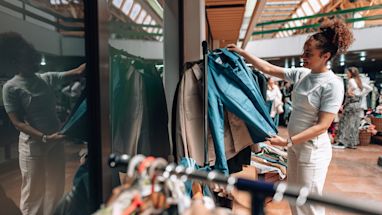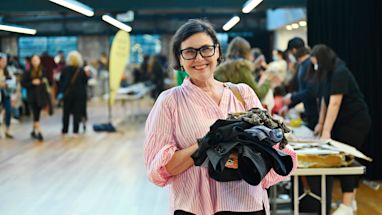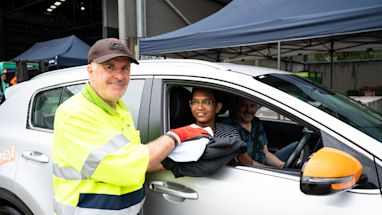In parks and green spaces across Sydney, we’ve been busy installing more than 100 nesting boxes, hoping they’ll become cosy homes and hotels for Sydney’s wildlife.
They’re dedicated to protecting native animals as we continue to rebuild ecosystems.
So where are the nesting boxes, who has already moved in and which other animals do we hope to see in them?
Embedded content: https://youtu.be/ZswvyaxORTc
Possums among the first guests
The first of the nesting boxes have been in some of the city’s parks since March 2022, and we’ve seen some exciting guests.
During our inspections we spotted ringtail and common brushtail possums safely enjoying downtime away from predators, both native and introduced.
We even managed to spot a brushtail possum with a little joey which was incredible to see.

Scratches inside the boxes and other signs they’d been used were spotted, but we need more evidence to be able to determine which species took up the offer of free accommodation.
This work is important as we look to increase biodiversity.
“Our parks are not only the city’s lungs, they’re some of the last vestiges of habitat for native species that have been largely driven out of our area. We want to not only attract more animals to the area, but that make sure the species that are here are nurtured and cared for,” Lord Mayor of Sydney Clover Moore said.

Animal magnetism
On top of the possums who’ve moved in we want to see more animals and other birdlife enjoy this shelter.
The nesting boxes vary in size and will house birdlife like yellow-tailed black cockatoos, powerful, barn and boobook owls, red rumped parrots, sacred kingfishers, spotted pardalotes, dollarbirds and ducks.
The boxes also provide potential resting spaces for microbats, bar-sided skinks and other native vertebrae fauna species like possums.

“This program protects local biodiversity and enhances the habitat for a wide range of species who all have a role to play in the ecosystem,” City of Sydney urban ecologist, Dr James Macnamara said.
“Microbats and small birds are important for controlling insect populations. Possums help pollinate native eucalyptus trees and are a prey species for vulnerable powerful owls who help control the possum, rodent and rabbit populations.
“Biodiversity is critical for maintaining a healthy and diverse ecosystem that in the right conditions is able to thrive and provide all of its benefits to the city’s plants and animals, as well as its residents.”
Why we need these nesting boxes
Over time, the city has been built up with buildings and roads replacing trees and green space.
That means tree hollows typically found in older and larger species are far less common in our area.
These hollows are important for animals as the natural shelter provides a safe place to give birth to their offspring, among other things.

The nesting boxes range in size to cater to different animal species and have entrances that protect them while they’re inside.
The City of Sydney has installed wooden boxes in suitable trees with a wire that expands as the tree grows to protect the trunks.
The nesting boxes have been installed in Sydney, Federal, Blackwattle, Hyde, Victoria, Prince Alfred, Harmony and Cook and Phillip parks, Orphan School Creek and Kimberly Grove Reserve.
Published 22 May 2023, updated 12 October 2023


